Claude Monet’s water lilies are more than just masterpieces hanging in museums; they are the living embodiment of his lifelong passion for gardening and his revolutionary approach to art. The famous series of paintings, created in his garden at Giverny, captures not only the beauty of nature but also the intimate relationship between the artist and his carefully cultivated landscape. For Monet, gardening was not a mere hobby—it was an extension of his artistic vision, a canvas that evolved with the seasons and the light.
The story of Monet’s water lilies begins in the quiet French countryside, where the artist transformed an ordinary piece of land into a flourishing paradise. When he first moved to Giverny in 1883, the property was little more than an orchard and a modest farmhouse. But Monet, with his keen eye for composition and color, saw potential where others saw only mundanity. Over the years, he meticulously designed the gardens, importing exotic plants, diverting a nearby river to create a pond, and even negotiating with local authorities to alter the landscape to suit his artistic needs. The result was a living masterpiece that would inspire some of the most celebrated works of the Impressionist movement.
The water lily pond became Monet’s obsession in his later years. Unlike traditional artists who worked in studios, Monet painted en plein air, immersing himself in the ever-changing light and atmosphere of his garden. The reflections on the water, the interplay of shadows, and the delicate blooms of the lilies became his subjects, rendered in loose, expressive brushstrokes that defied the rigid conventions of academic art. His paintings were not just representations of nature—they were sensory experiences, inviting viewers to see the world through his eyes.
Monet’s approach to gardening was as revolutionary as his painting technique. He did not adhere to formal French garden design, with its symmetrical hedges and geometric precision. Instead, he embraced a more naturalistic style, allowing plants to grow freely, creating a sense of spontaneity and movement. The water lilies, which he imported from South America, were particularly significant. Their floating leaves and vibrant flowers became the focal point of his pond, their colors shifting with the time of day and the season. For Monet, the garden was never static; it was a living, breathing entity that demanded constant attention and adaptation.
The interplay between Monet’s art and his garden was symbiotic. As he painted, he adjusted his surroundings, rearranging plants, adding new species, and even altering the flow of water to achieve the perfect composition. His paintings, in turn, influenced his gardening choices—he would often plant flowers based on how they would appear in his works, considering not just their real-life beauty but how they would translate onto canvas. This dynamic relationship between artist and environment is what makes the water lily series so extraordinary; each painting is a snapshot of a moment in time, a fleeting impression of light and color that could never be replicated.
Monet’s dedication to his garden bordered on obsession, especially in his later years. Despite failing eyesight, he continued to paint, relying on memory and instinct to guide his brush. His later works, with their increasingly abstract quality, suggest a man deeply attuned to the essence of his subject rather than its literal form. The water lilies became less about botanical accuracy and more about emotion and atmosphere, a shift that would later influence the Abstract Expressionists of the 20th century.
Today, Monet’s garden at Giverny remains a pilgrimage site for art lovers and horticultural enthusiasts alike. Walking through the vibrant flower beds and standing by the iconic Japanese bridge, one can almost see the ghost of the artist at work, capturing the ephemeral beauty of his creation. The water lilies, both in paint and in nature, stand as a testament to Monet’s genius—his ability to blur the lines between art and life, between the cultivated and the wild. In the end, his greatest masterpiece was not just the paintings he left behind, but the garden that inspired them.

By /May 21, 2025
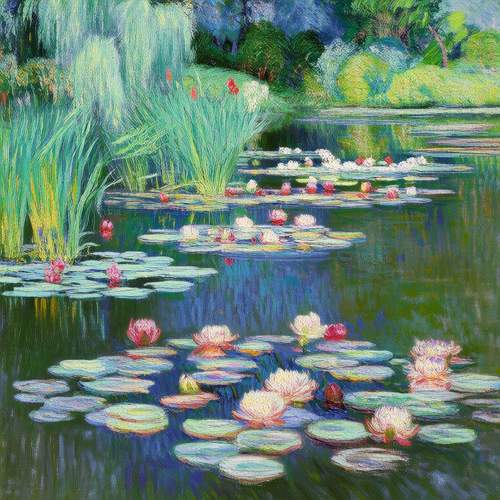
By /May 21, 2025
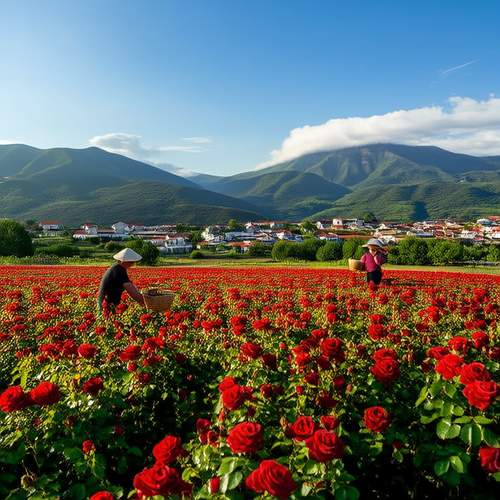
By /May 21, 2025

By /May 21, 2025
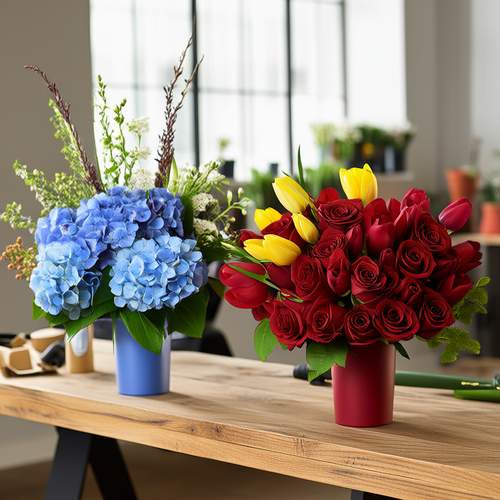
By /May 21, 2025
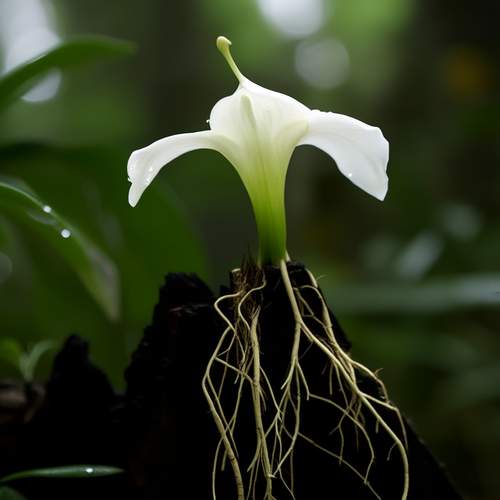
By /May 21, 2025
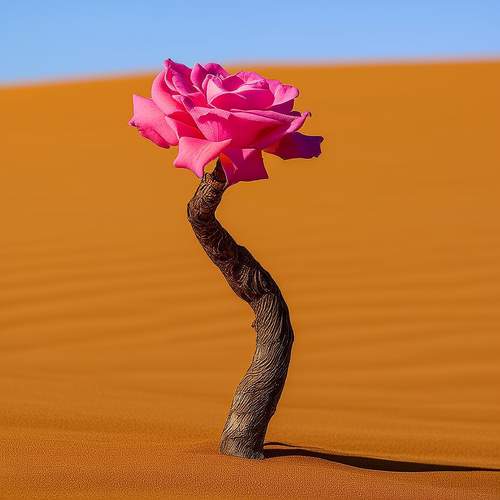
By /May 21, 2025
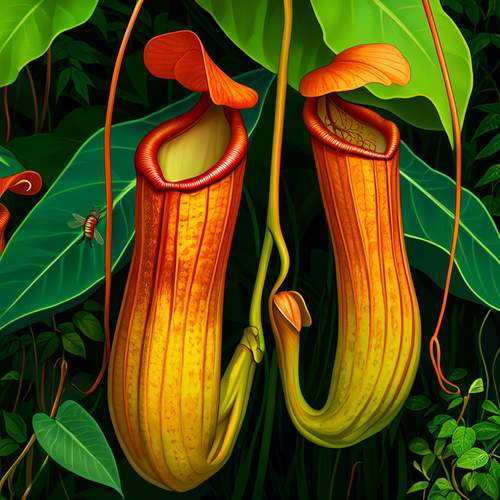
By /May 21, 2025
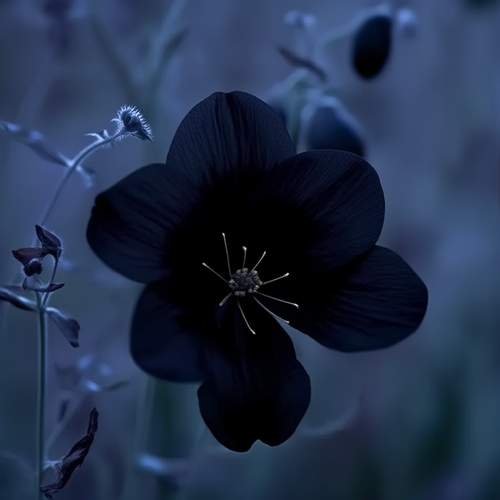
By /May 21, 2025
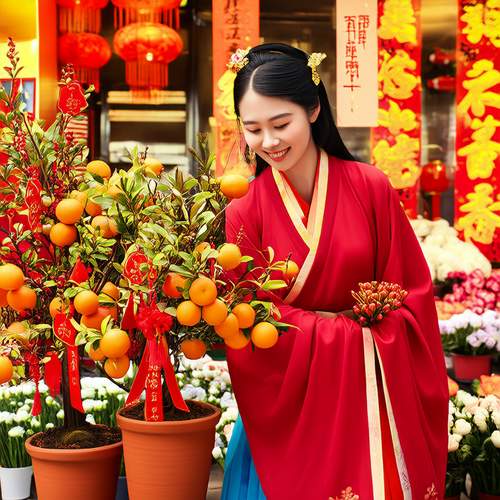
By /May 21, 2025
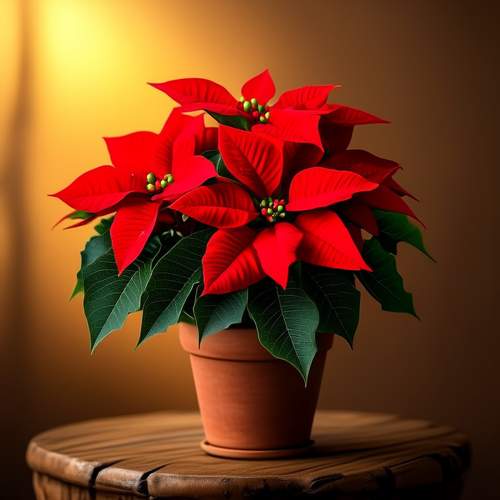
By /May 21, 2025

By /May 21, 2025

By /May 21, 2025

By /May 21, 2025
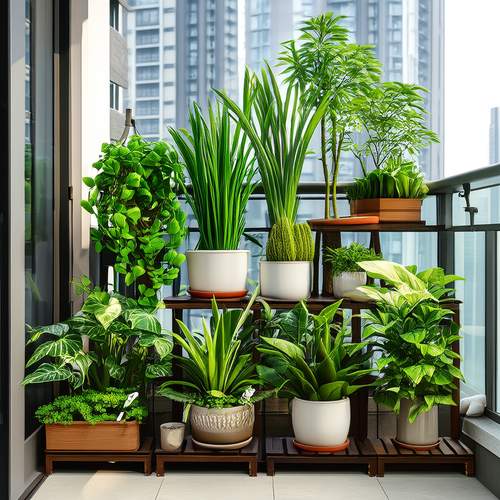
By /May 21, 2025
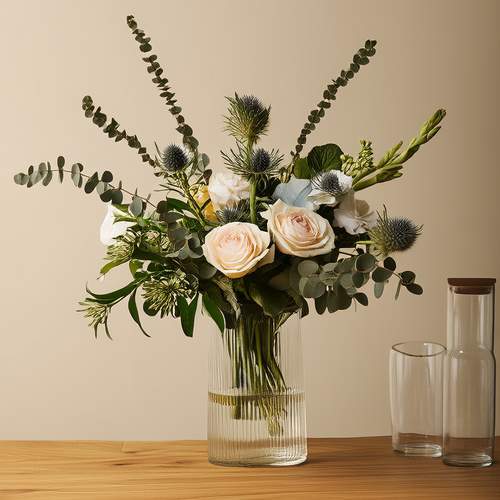
By /May 21, 2025

By /May 21, 2025

By /May 21, 2025
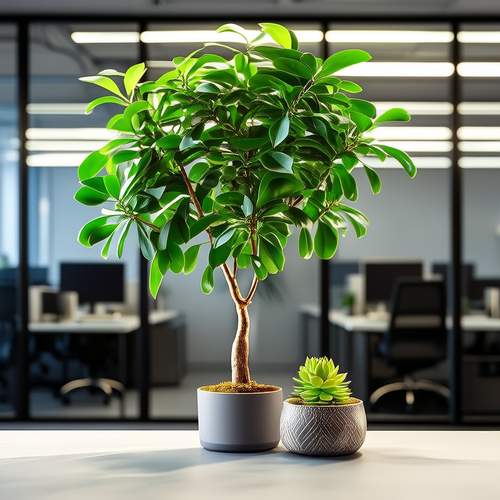
By /May 21, 2025
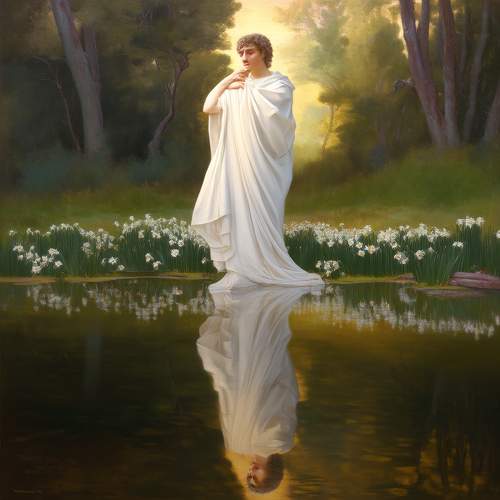
By /May 21, 2025